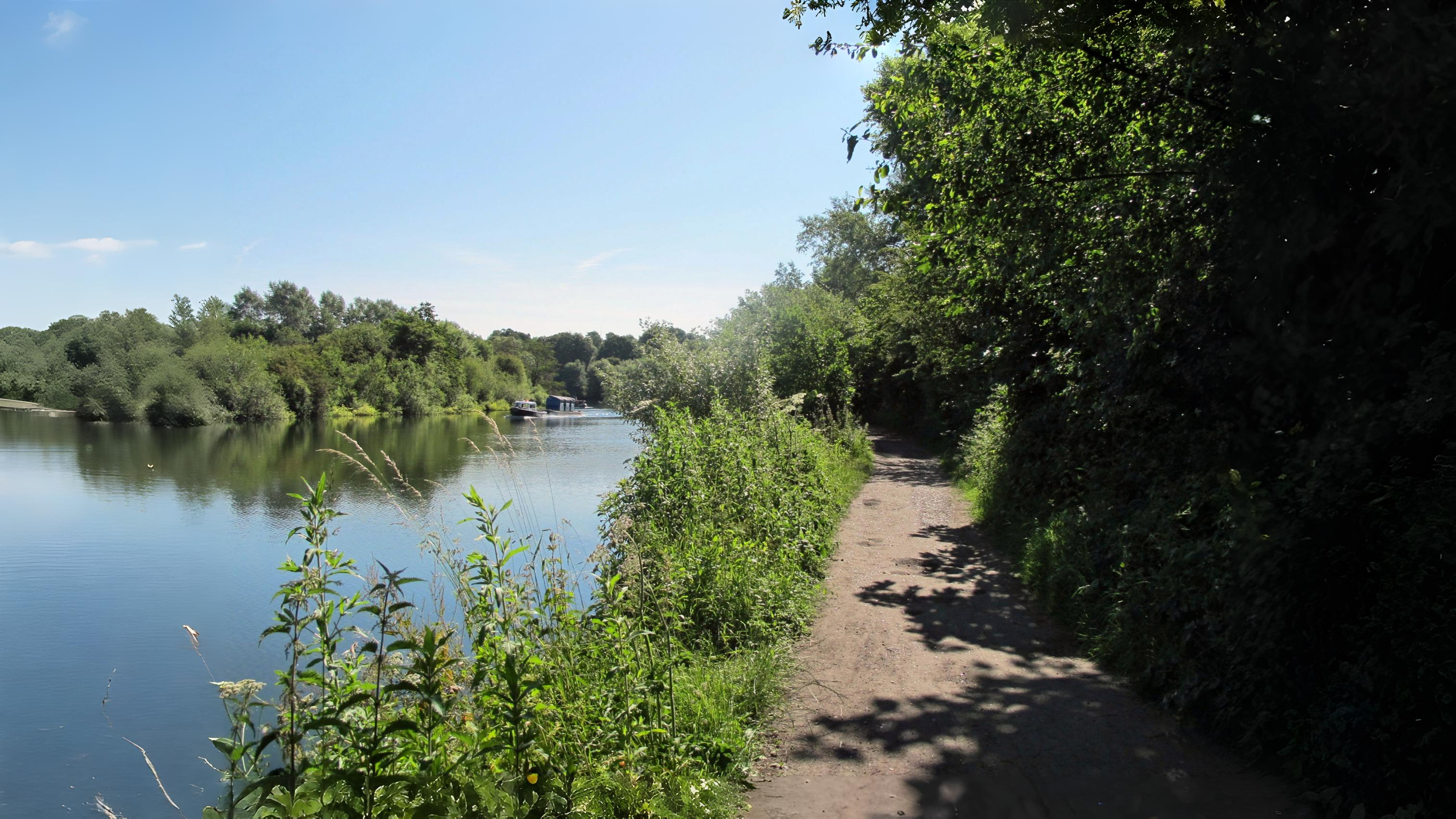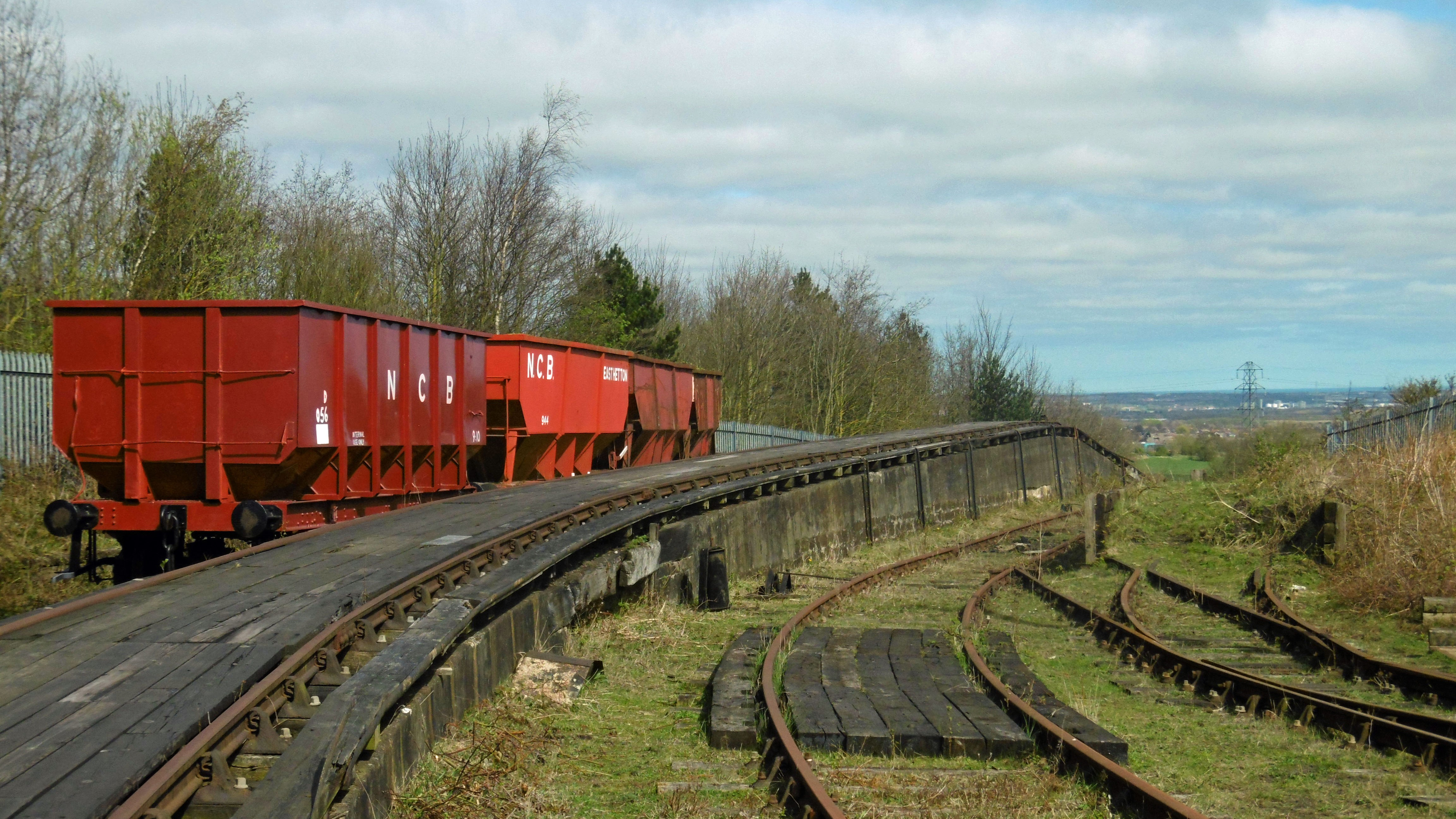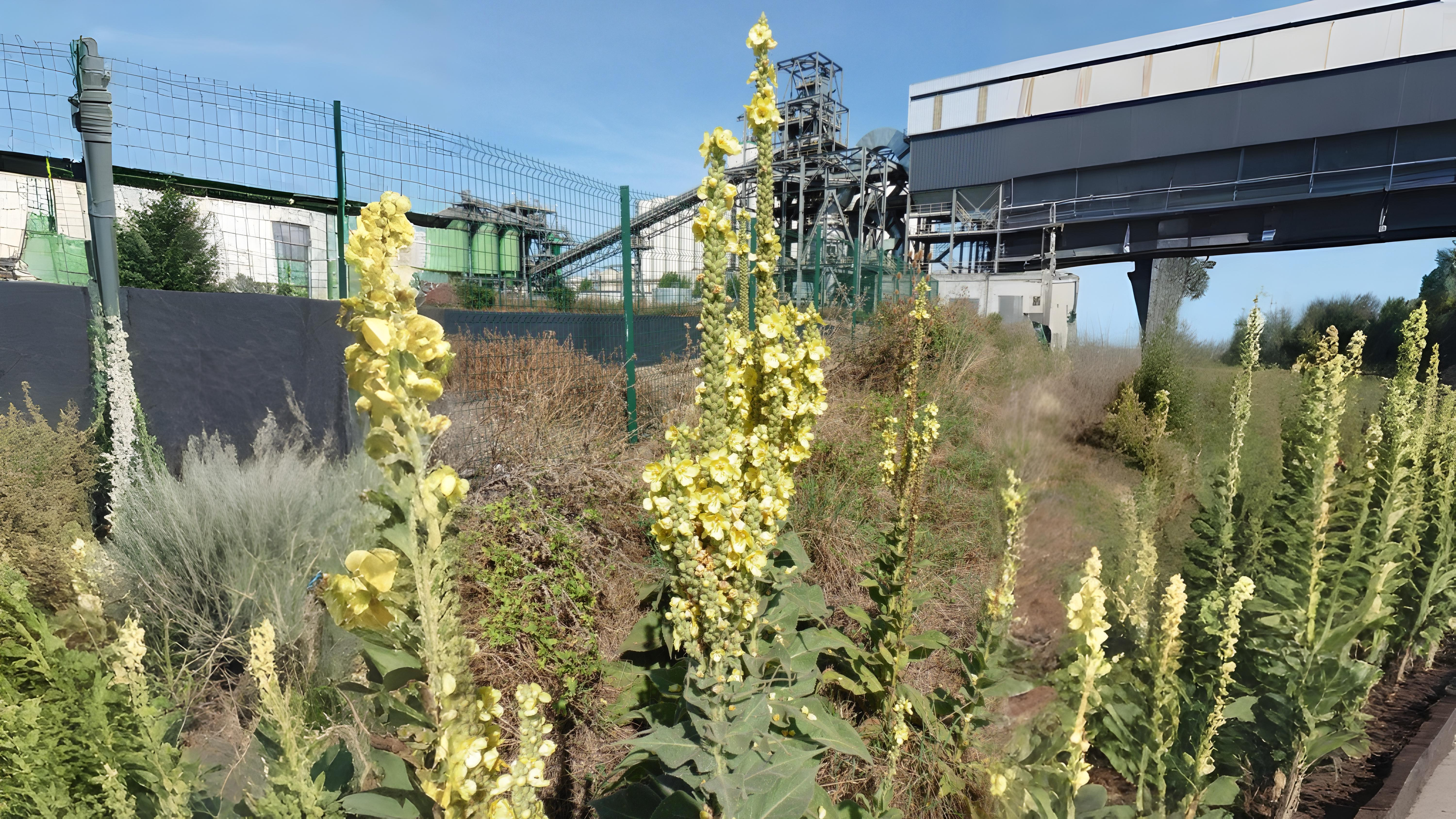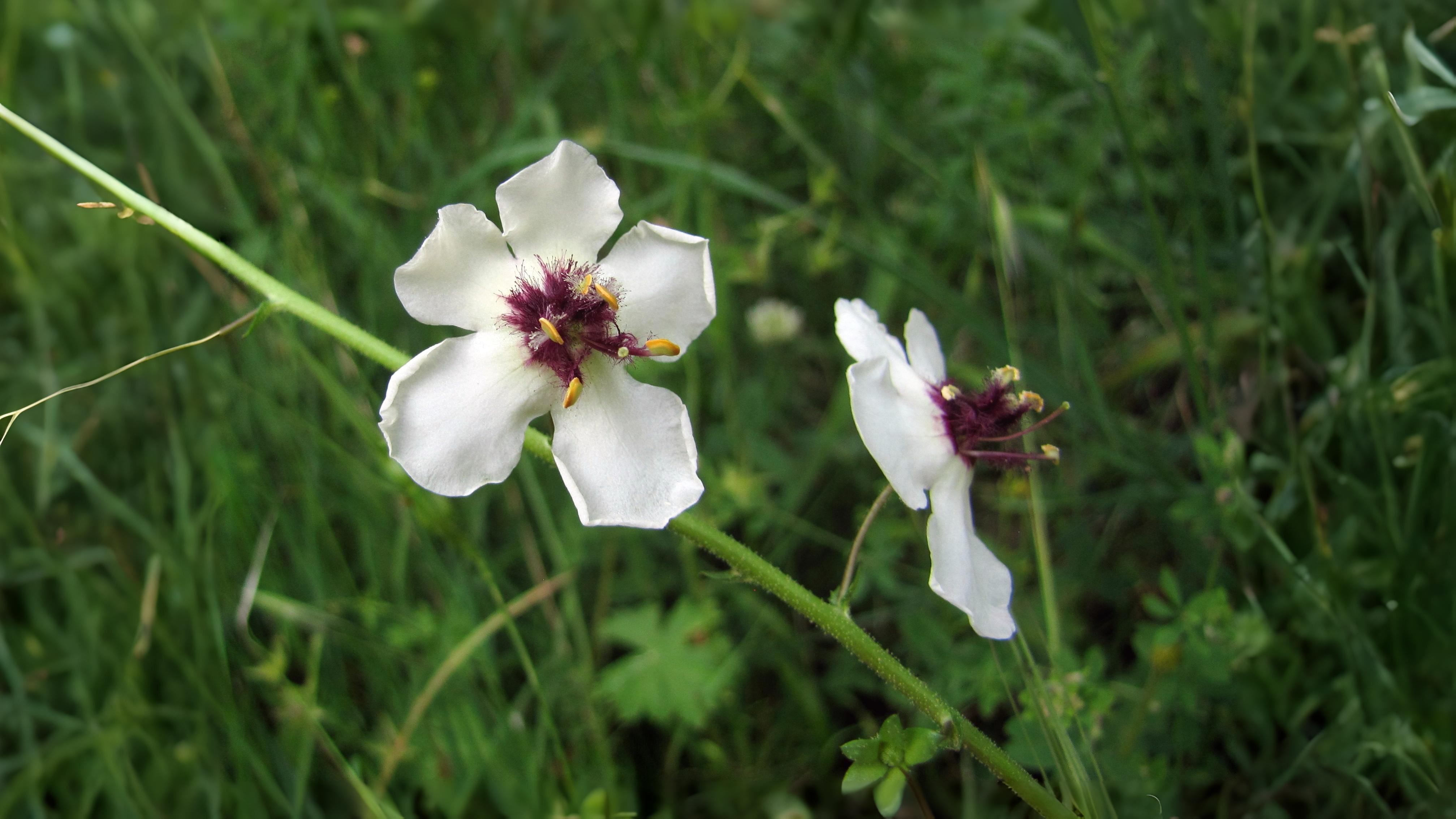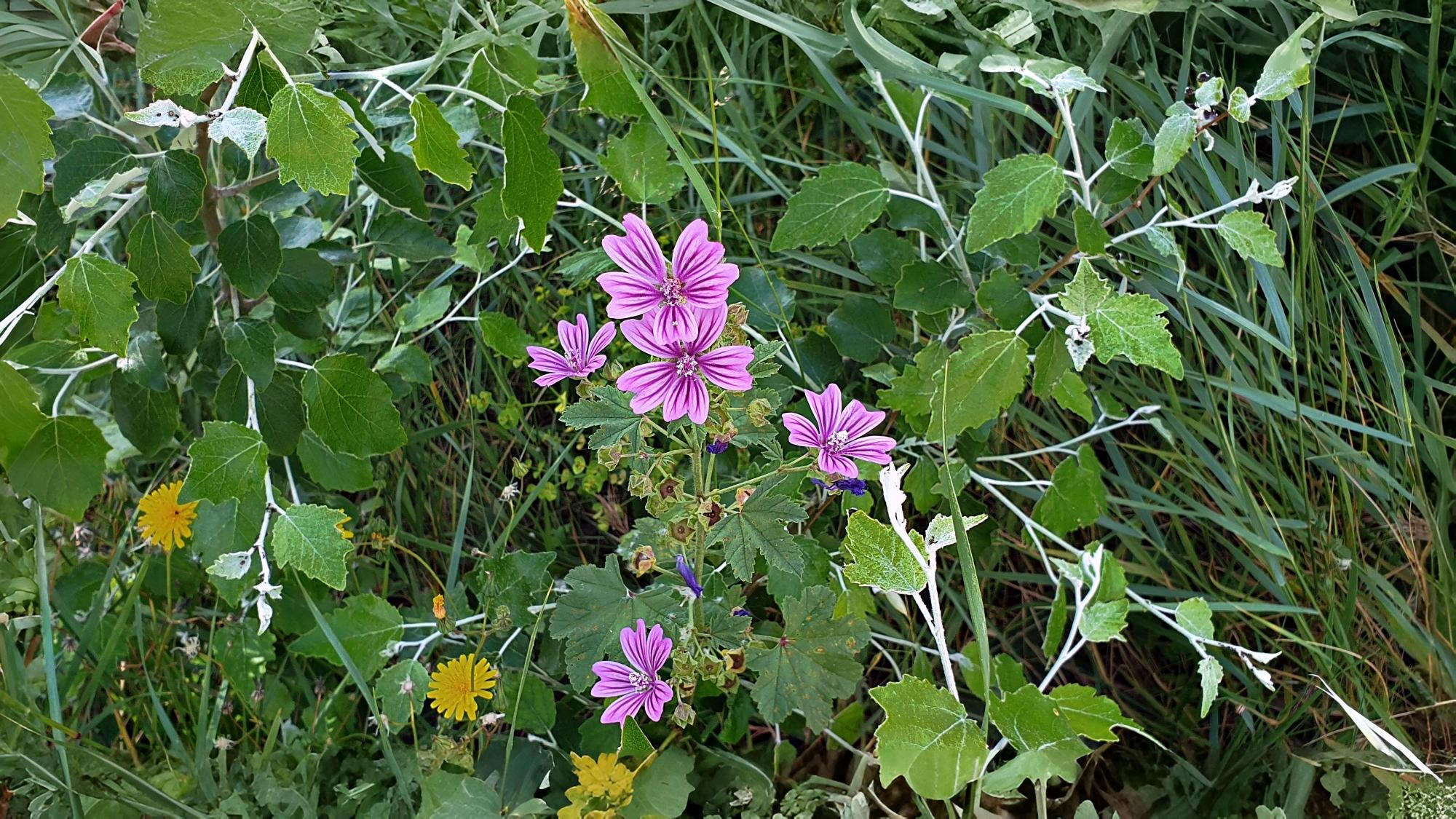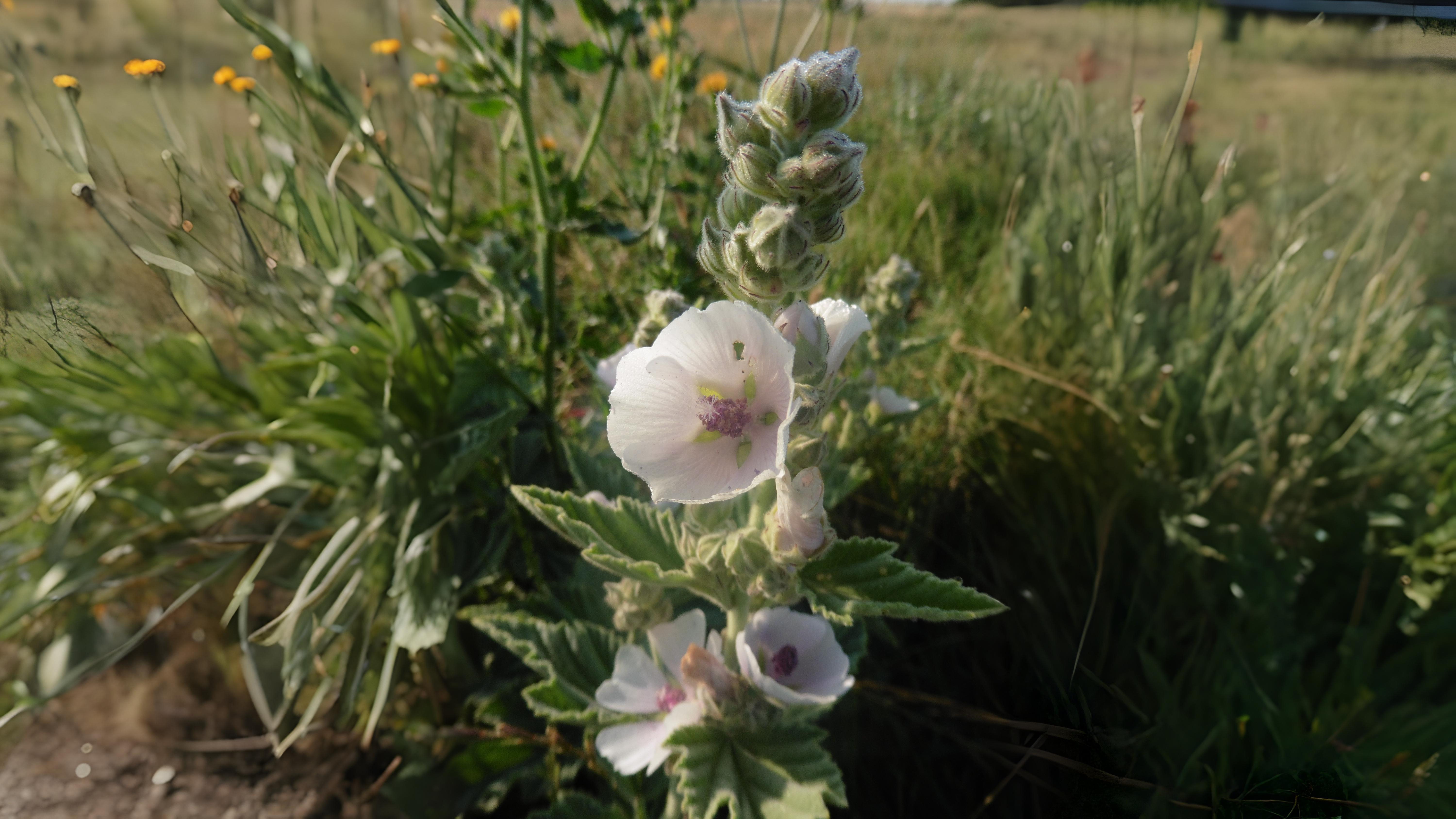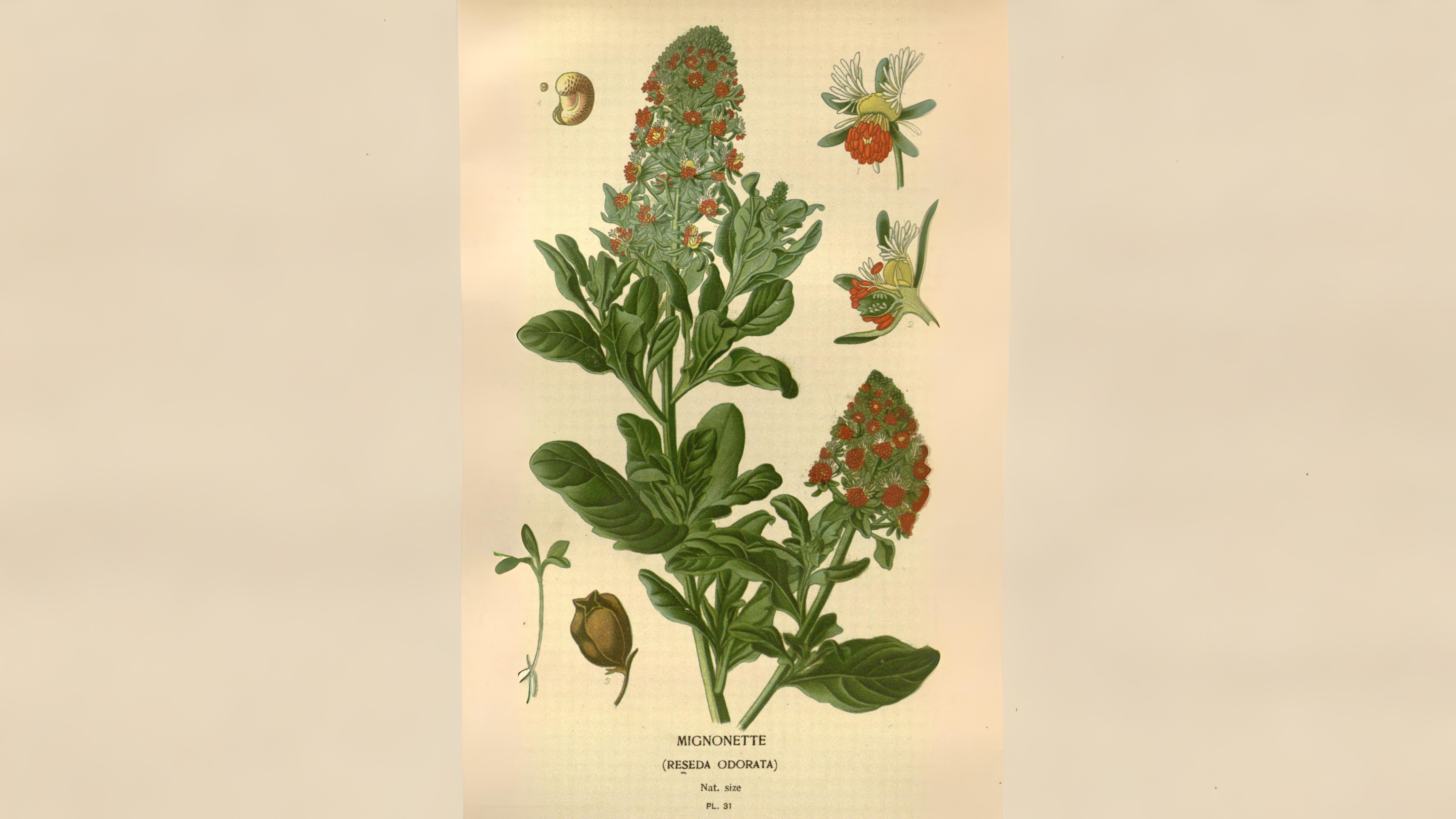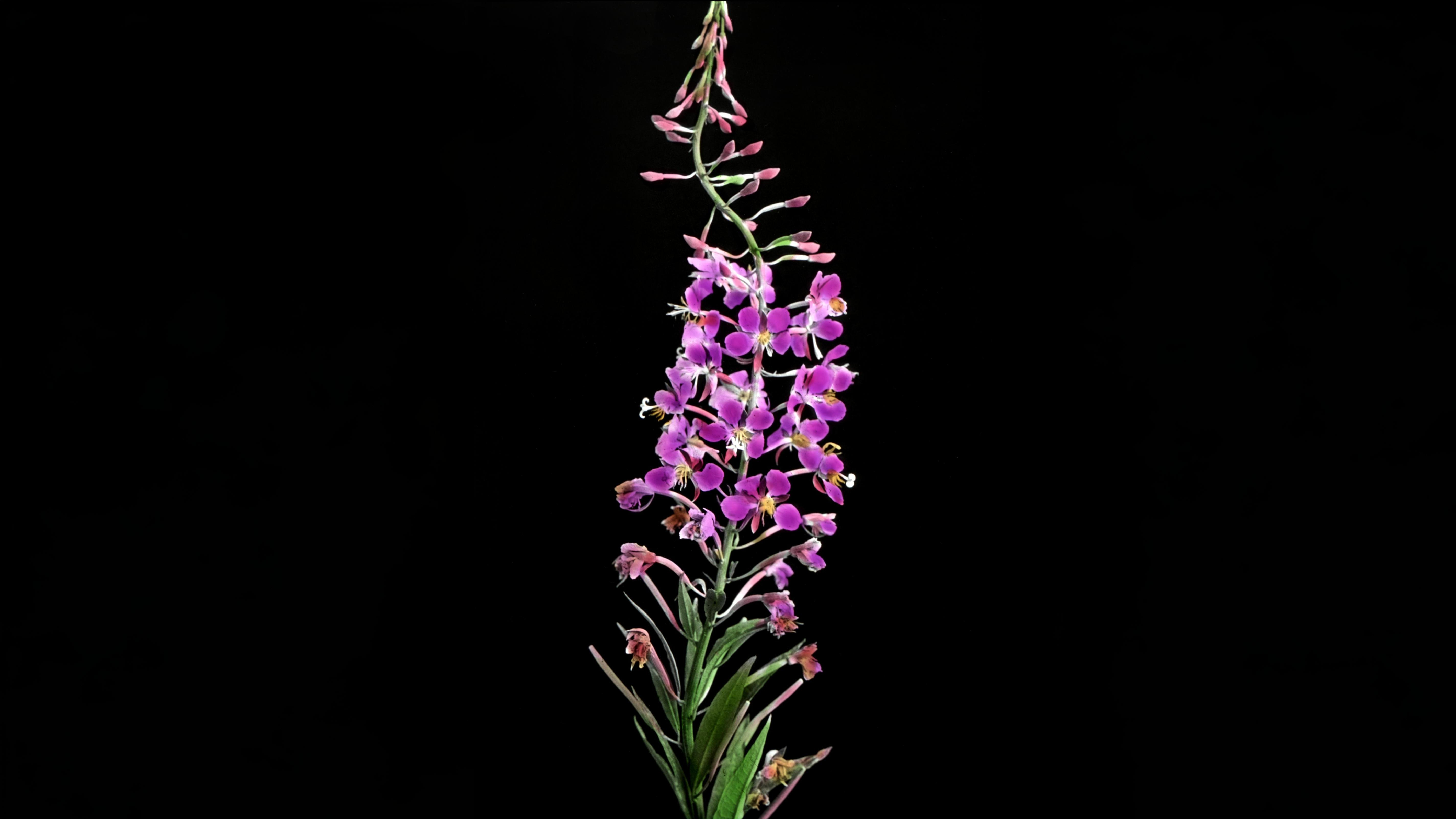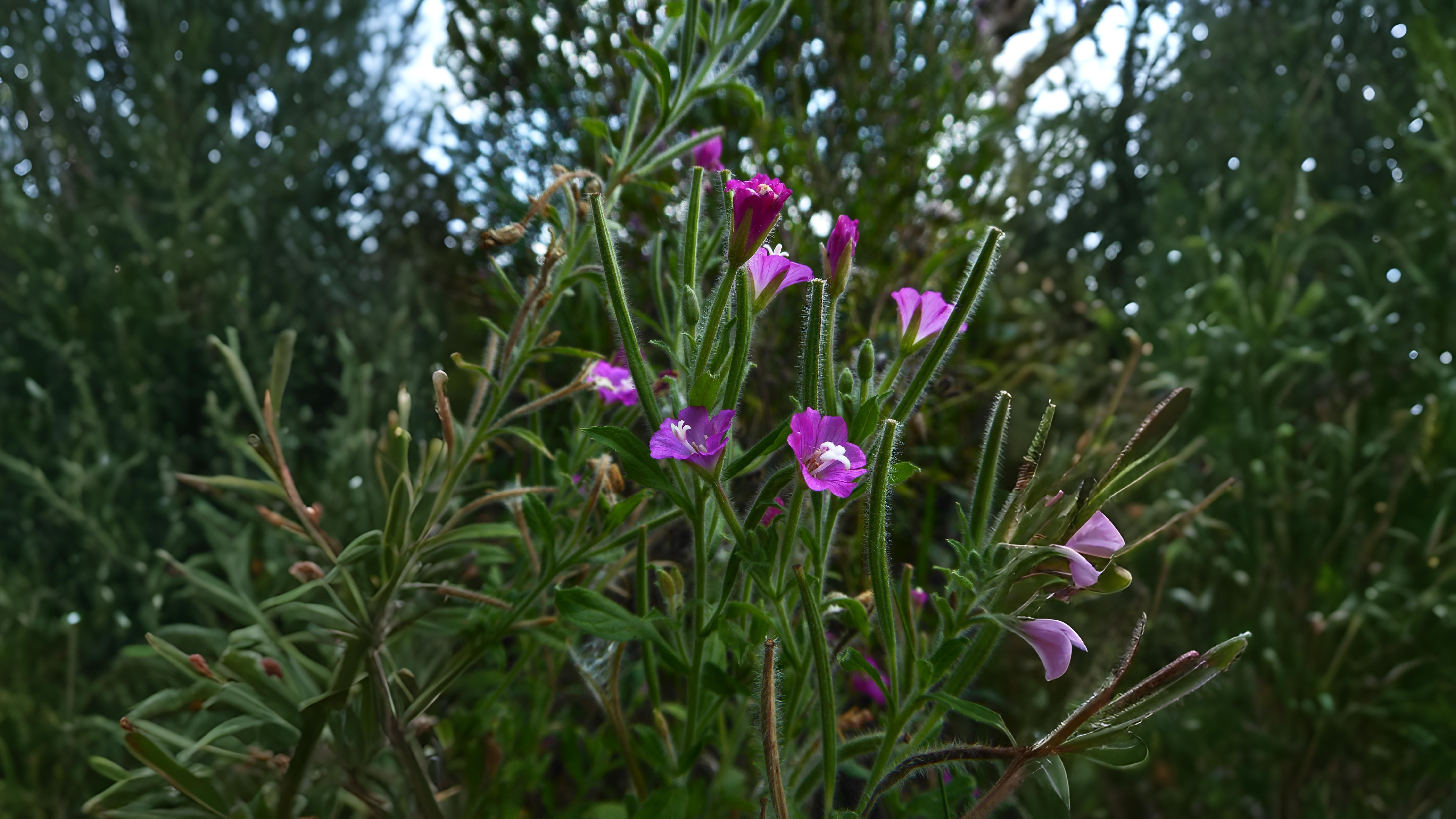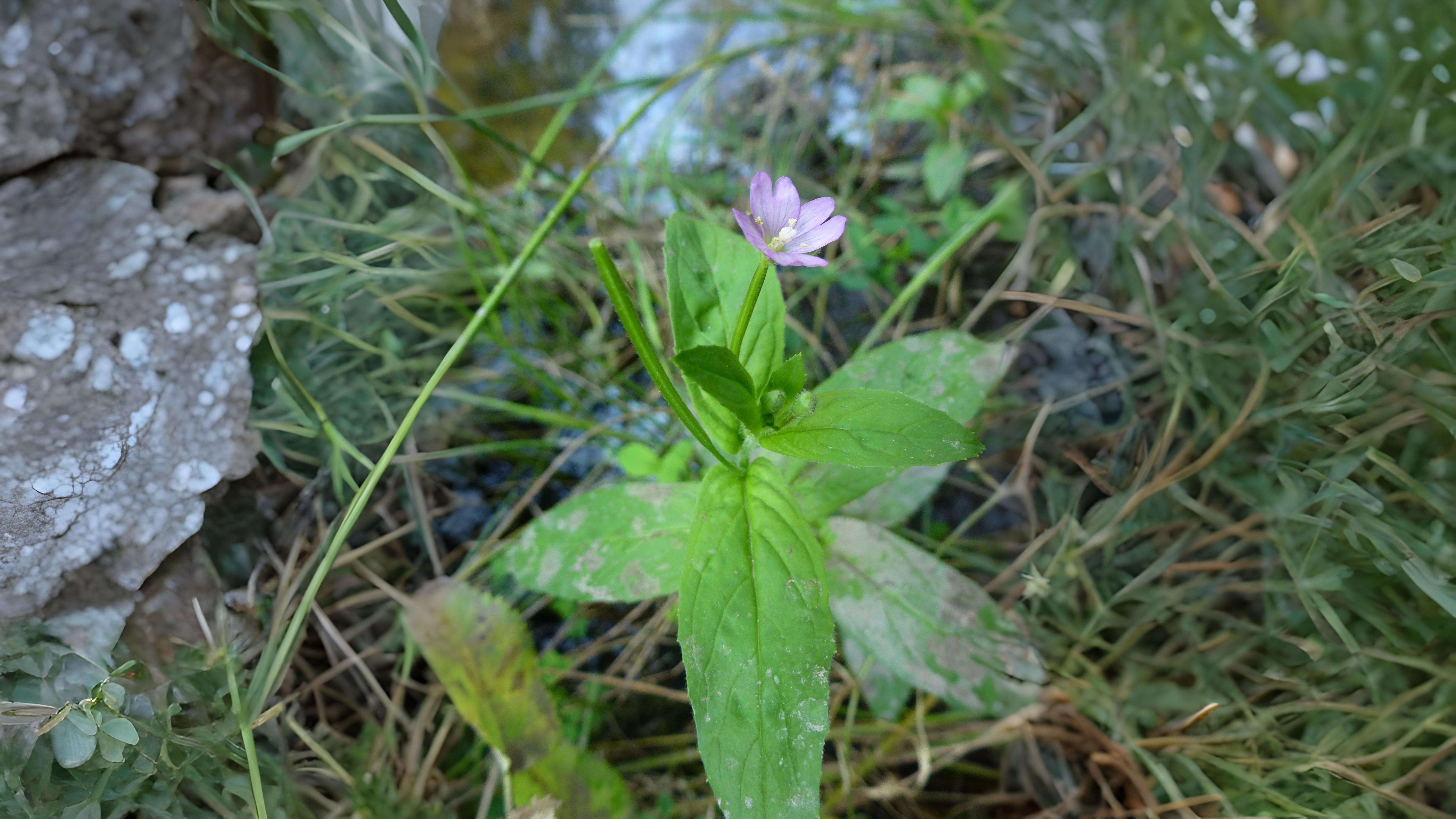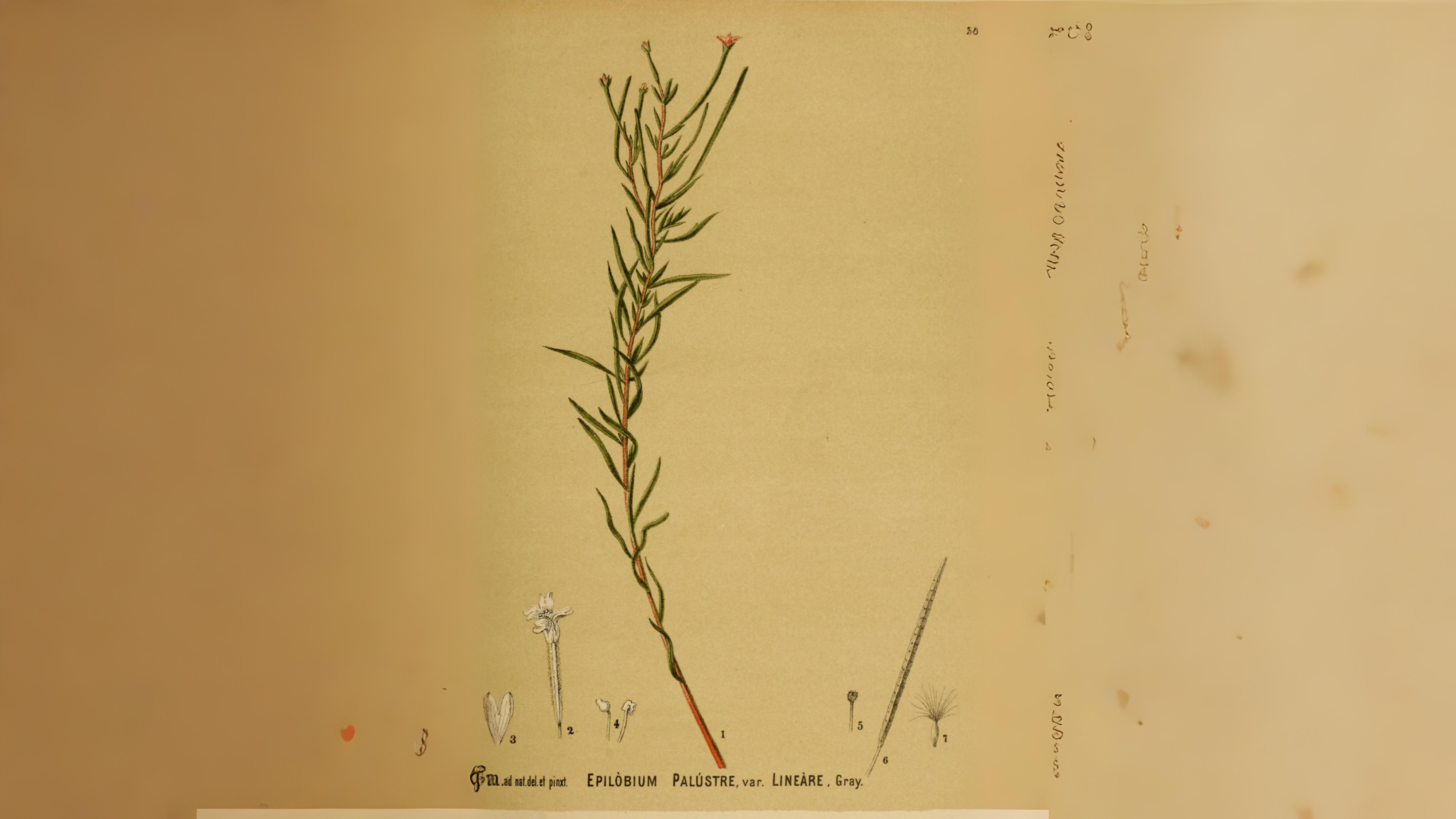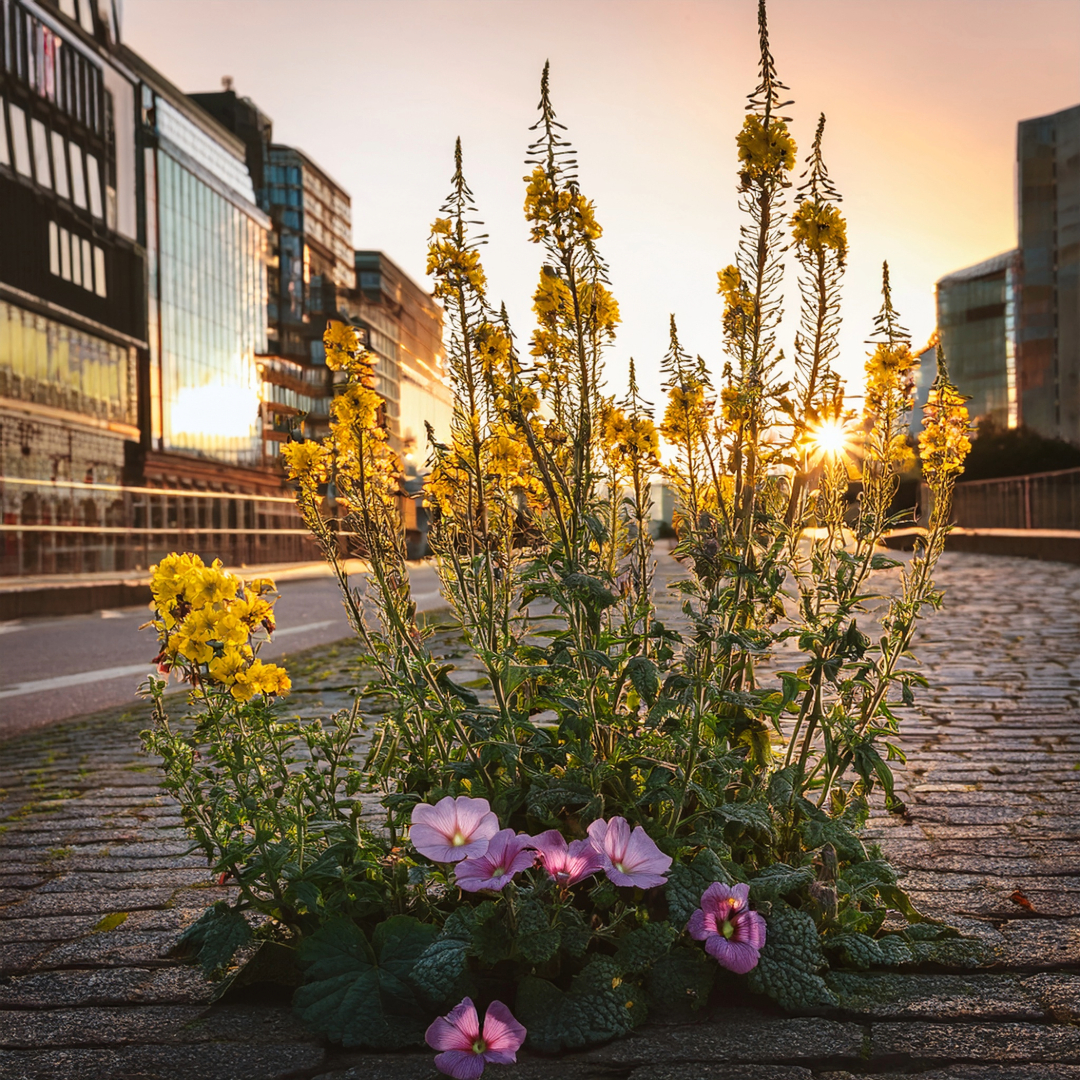
Return on 09 July to explore the secrets of London’s most rebellious wildflowers!
“To me the meanest flower that blows can give
thoughts that do often lie too deep for tears”
Wordsworth
Although conventionally thought of as a temporary habitat, wasteland now seems to be a permanent one across London, as it probably has been for centuries. Although there are no recent bombsites, no motorway construction and less abandoned wharves, there are endless building sites, railway sidings and derelict towpaths. Perversely, some of these areas in one way are the modern equivalents of the old cornfields, providing great, surprising splashes of colour in high summer.
